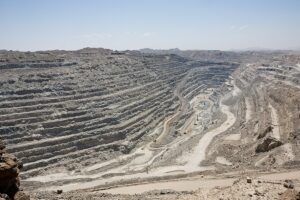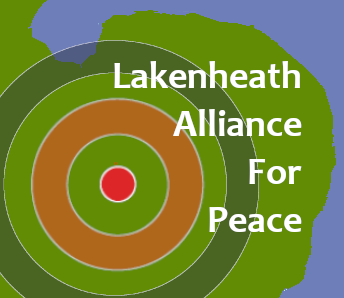
‘Facts and Data about the Raw Material of the Atomic Age’ Facts and Figures by The URANIUM ATLAS
Uranium mining began in the then Belgian Congo and Canada. Today Kazakhstan is by far the most important mining country.
It was only in the 1970s, when the civil generation of nuclear energy began, that uranium became a commercial commodity and uranium mining became a lucrative field of business for private companies.
Uranium mining cannot be separated from systemic colonialism. Even a superficial glance at the comparison between where raw materials are extracted and where nuclear energy is used, points to the parallels with colonial and neo-colonial exploitation. From the 1940s until the 1980s, the majority of uranium used for US, British and French nuclear bombs and reactors came from existing, former or “internal” colonies.
Both the history and the current status of uranium mining are closely linked to the violation of Indigenous rights.
The uranium wealth brought no benefits to the people of Niger, even though, in the meantime, 146,000 tonnes of uranium had left the country, an amount equivalent to a market price of nine billion US dollars. The country remains one of the poorest in the world, but with an inheritance – nuclear waste.
India is the only democratically ruled uranium mining country in Asia. Uranium mining began in Jadugoda in 1967, enabling India to develop nuclear power. Currently, India operates 22 nuclear reactors at seven power plants and therefore has a huge demand for fuel. Although the country has large uranium reserves, the state-owned Uranium Corporation of India (UCIL) had, until 2018, only extracted 13,000 tonnes of uranium. One reason is public resistance: UCIL had planned three underground mines and one open pit operation. A massive protest movement by the local population was able to prevent these mines from operating.
At the start of 2020, there were still 124 nuclear power plants in operation in the EU, making it the world’s largest consumer of uranium. The nuclear fuel is imported from outside the EU and there is strong opposition to any new uranium mining in Europe.
Uranium mining is a neo-colonial business model. Five of the world’s ten largest uranium mines are located on the land of Indigenous peoples, and are generating profits for the financial centres of the North
Clean up of uranium mines generally fails because of the unwillingness of nuclear companies and governments to spend money on this problem. In most regions of the world where uranium is mined, this problem is not even addressed. Neither mining companies nor governments are willing to provide the billions of dollars needed. That is why people continue to demand: “Keep uranium in the ground!”
